Climate risks go beyond just direct infrastructure damage to your assets and operations. Climate events such as droughts, exacerbated by climate change, can lead to harsh geopolitical consequences.
Climate change has become a key challenge for countries worldwide in recent decades. The anthropogenic effects of weather and climate extremes, stemming from industrial activities, fertilisation, intensive farming and deforestation among others, have widespread impacts on natural environment, livelihoods, and the global economy. The consequences of climate change, from more intense and frequent rainstorms to longer lasting, more severe droughts, go beyond just the direct physical impact of climate hazards, with the conditions they create acting as a threat multiplier, magnifying other existing hardships and tensions, and potentially leading to increased insecurity, conflict, and geopolitical problems.
This blog will focus on drought and its geopolitical consequences by taking sub-Saharan Africa as a case study. Drought is a prolonged period of dry weather due to the lack of precipitation, which leads to water insecurity, crop losses, food crisis, conflict over resources and forced migration. Human-induced climate change affects the frequency and severity of droughts, and early research claims that it causes stronger El Niño events, a recurring climate pattern that warms Pacific Ocean waters and has a major impact on regions such as Southern Africa. According to the United Nations Office for the Coordination of Humanitarian Affairs (OCHA), El Niño-linked droughts have led six countries – Botswana, Lesotho, Namibia, Malawi, Zambia, and Zimbabwe – to declare a state of national disaster after water shortages have led to agricultural failure and, consequently, millions of people hit by acute food insecurity, malnutrition and widespread diseases.
BE PREPARED
Natural disasters can strike without warning, disrupting your operations and impacting your bottom line.
With Sigma7 by your side, you’ll have the expert partner you need to anticipate, respond, and recover swiftly from NatCat events, ensuring business continuity when it matters most.
ACCESS OUR RESOURCES
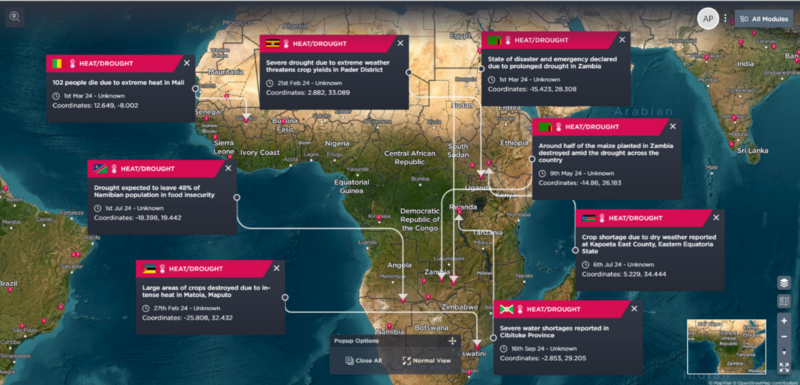
Figure 1. Examples of drought-related incidents (Jan. 2024-Nov. 2024) [Image: Sigma7 Intelligence Fusion]
Understanding how climate change influences business operations is paramount for risk and intelligence managers. This blog aims to provide an understanding of the geopolitical consequences of drought, using the work that Sigma7 Intelligence Fusion carries out daily concerning climate change and related security risks to inform its analysis.
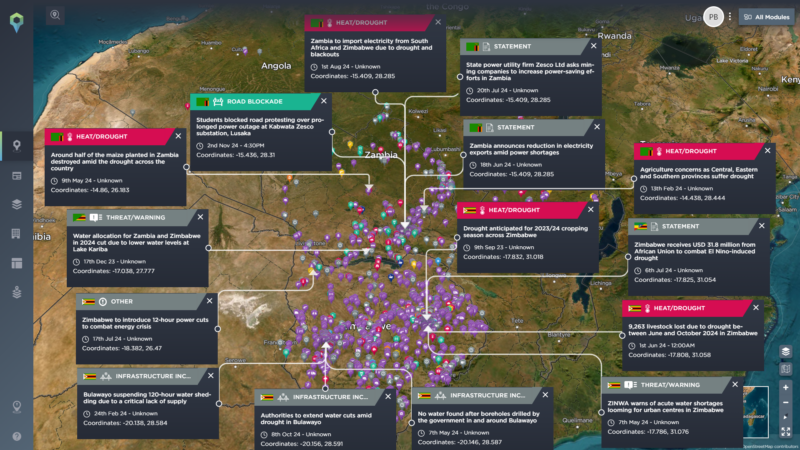
Figure 2. Impact of drought on Zambia and Zimbabwe [Image: Sigma7 Intelligence Fusion]
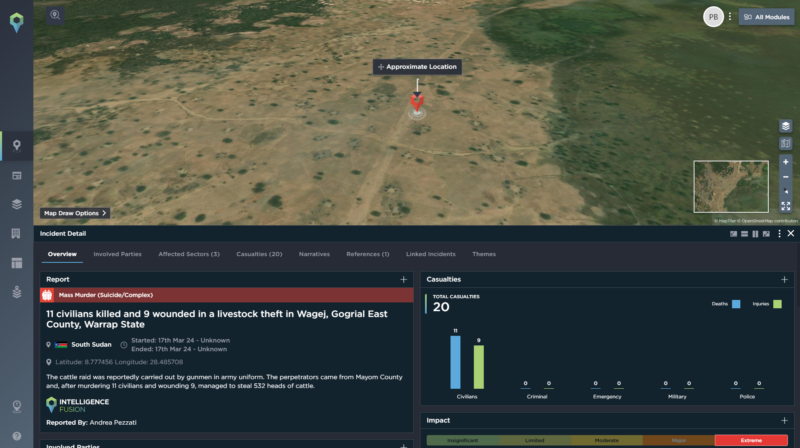
Figure 3. Incident of violence during livestock theft in South Sudan [Image: Sigma7 Intelligence Fusion]
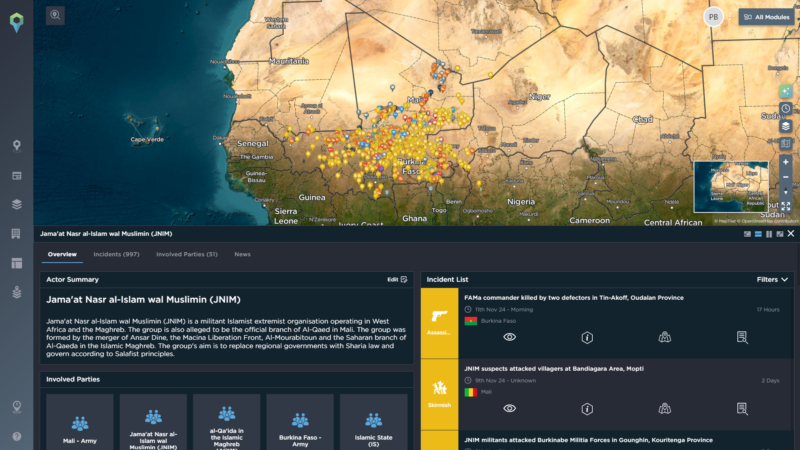
Figure 4. Actor profile of Jama’at Nasr al-Islam wal Muslimin (JNIM), a jihadist militia operating in the Sahel region [Image: Sigma7 Intelligence Fusion]
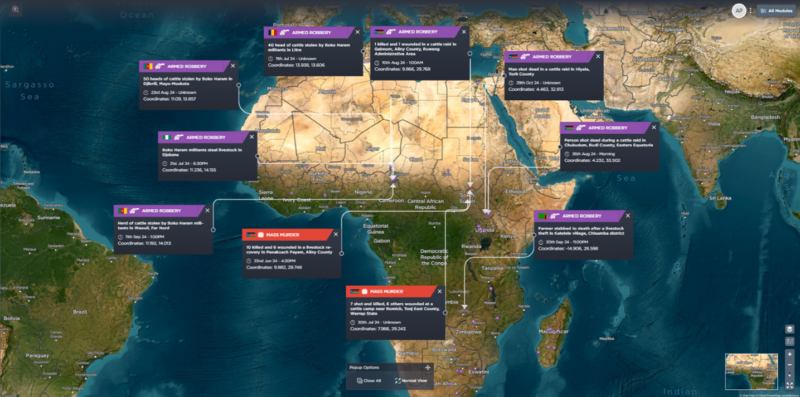
Figure 5. Examples of cattle-related violence (Jun. 2024-Nov. 2024) [Image: Sigma7 Intelligence Fusion]
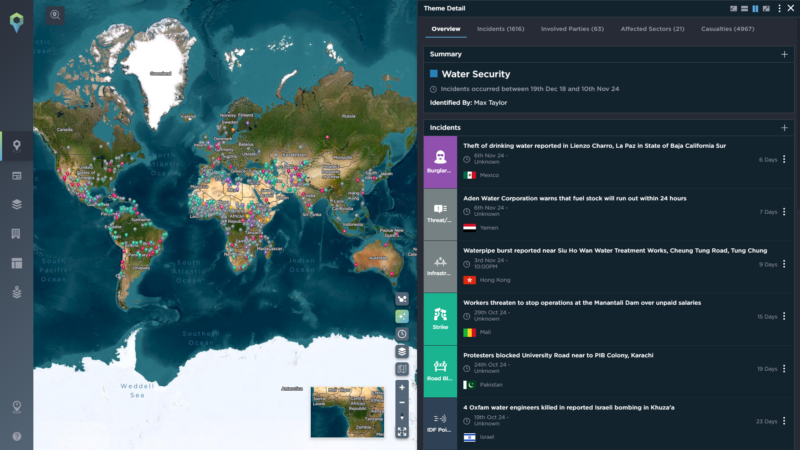
Figure 6. Water Insecurity theme on the Sigma7 Intelligence Fusion platform [Image: Sigma7 Intelligence Fusion]
Businesses that operate in areas affected by extreme weather events are at risk of facing operational, financial, and strategic challenges if not prepared, and should be aware of security risks that accompany water insecurity. In the case of sub-Saharan Africa, the presence of oil and mining industries is significant. Incidents directly or indirectly prompted by weather extremes like drought, but also flooding, can damage infrastructure, lead to supply chain disruptions, cause operational downtime, increase insurance premiums, impact investment, and pose a risk to the workforce. To cite a couple of examples, water shortage could lead to operational halts or higher costs for those businesses that rely heavily on water, including manufacturing and mining, while land-grabbing and armed conflicts could disrupt supply chain operations. By acting as a threat multiplier, climate change is worsening resource scarcity, community tensions, forced displacements, and numerous other factors that can lead to political uncertainty, wider conflict and greater regional instability. This in turn can lead to higher operational and security costs, place assets and people at greater risk, and, in worst case scenarios, potentially make operations unviable.
To tackle climate risks, risk and intelligence managers should be prepared to advise their business leaders or clients to invest in resilient infrastructure, adopt climate adaptation strategies, and regularly assess exposure to climate hazards. They should also be preparing for the ways in which the physical security, geopolitical and wider operating environment can be worsened by the knock-on effects of climate change. By tracking climate hazards such as droughts, as well as other factors such as infrastructure failures, communal clashes, protests, and armed violence, organizations can carry out relevant scenario exercising and planning, update contingency plans, and take informed decisions to ultimately stay ahead of these risks.
ON-DEMAND WEBINAR
Join Sigma7 experts and other industry for a compelling discussion on the impact of climate change on industry.
Recorded live in December 2024, our panel reviewed some of the most disruptive climate change events in 2024 and explored how businesses can effectively prepare for 2025.
WATCH ON-DEMAND NOW






